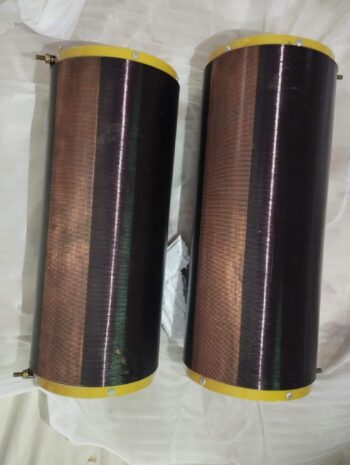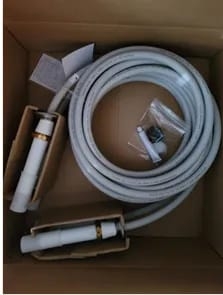Description
Purpose:
A voltmeter is an instrument used to measure the potential difference or voltage between two points in an electrical circuit.1 DC voltmeters specifically measure direct current voltage, which flows in one direction only.
Features:
- Analog Display: This voltmeter has an analog display, which uses a needle to indicate the voltage reading on a calibrated scale.
- Range: The scale on the meter shows a range of 0 to 250 volts.
- Accuracy: The accuracy of the meter is likely indicated by the “1.5” symbol on the scale, which might refer to the percentage error.
- Mounting: The meter comes with mounting brackets and screws for easy installation.
How to Use:
- Connect the voltmeter in parallel with the component or circuit you want to measure the voltage across. The positive terminal of the voltmeter should be connected to the higher potential point, and the negative terminal to the lower potential point.
- Ensure that the voltmeter’s range is appropriate for the voltage you expect to measure. If the voltage exceeds the range, the needle may go off-scale, potentially damaging the meter.
- Read the voltage value indicated by the position of the needle on the scale.
Safety Considerations:
- Voltage Range: Always ensure that the voltmeter’s range is appropriate for the voltage you are measuring to avoid damage to the meter.
- Polarity: Connect the voltmeter with the correct polarity to prevent damage to the meter and inaccurate readings.
- Electrical Safety: Exercise caution when working with electrical circuits and follow safety guidelines.
Additional Notes:
- Digital voltmeters are more common today due to their higher accuracy and ease of reading. However, analog voltmeters like the one shown can still be useful in certain applications.
- The specific features and capabilities of voltmeters may vary depending on the manufacturer and model.
If you have any more questions or need more specific information, feel free to ask!
Reviews (0)
You must be logged in to post a review.











Reviews
There are no reviews yet.